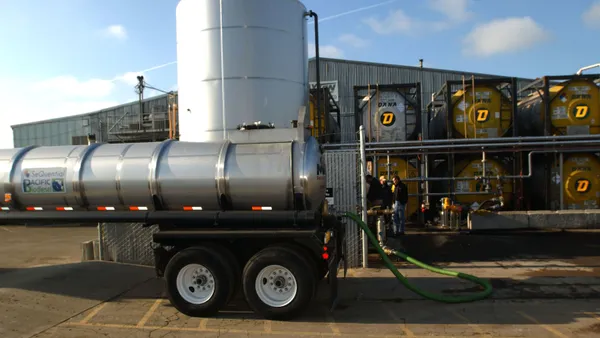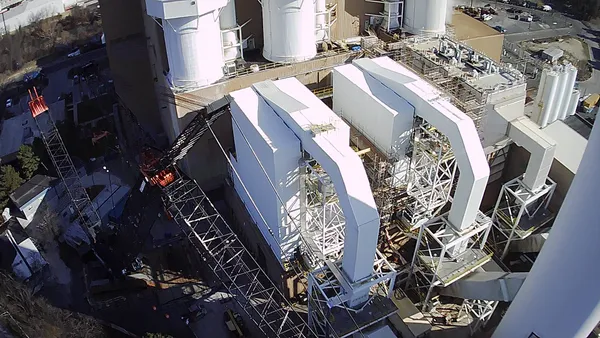Dive Brief:
- The U.S. EPA on Wednesday announced $250 million in funding to help state and local governments develop plans to lower greenhouse gas emissions and advance environmental justice.
- All 50 states, Washington, D.C., and Puerto Rico will each be eligible to receive up to $3 million in planning grants. In addition, each of the 67 most-populated U.S. metropolitan areas is eligible for $1 million in planning grants.
- “These Climate Pollution Reduction Grants are an important first step to equip communities with the resources to create innovative strategies that reduce climate emissions and drive benefits across the country,” EPA Administrator Michael Regan said in a statement.
Dive Insight:
The planning grants are the first tranche of funding from the Inflation Reduction Act’s $5 billion Climate Pollution Reduction Grants program for local and state governments, tribes and territories. Later this year, the EPA will make available $4.6 billion to help cities and states implement their plans.
“States, cities, territories, and Tribes can also use this funding to develop strategies for using the other grant, loan, and tax provisions secured by President Biden’s historic legislation, including the Inflation Reduction Act and Bipartisan Infrastructure Law, to achieve their clean energy, climate, and environmental justice goals,” the EPA said in a press release.
Metropolitan areas must notify the EPA that they plan to participate in the planning grant program by April 28 and submit their application by May 31. States must notify the EPA by March 31 if they want to opt in and submit their applications by April 28. Tribes and territories must submit their applications and work plans by June 15. EPA’s regional offices will award and administer the funding agreements this summer.
The CPRG program aims to help state and local governments develop comprehensive climate plans that reduce climate pollution and maximize benefits, “especially for low-income and disadvantaged communities,” the EPA press release said. It noted those plans should include greenhouse gas inventories; emissions projections and reduction targets; economic, health and social benefits; plans to use other federal funding sources; workforce needs; and future government budget and staffing requirements.
“It’s one thing to pass a law, and it’s quite another to implement it,” said Kristina Costa, deputy assistant to the president for clean energy innovation and implementation, during a call with reporters Tuesday. “State, local, territorial and tribal officials and governments from every corner of this country are absolutely critical partners, and really the tip of the spear to putting this law into practice and making it deliver for the American people.”
Also during that call, EPA Deputy Administrator Janet McCabe said the agency wants grant applicants to prioritize environmental justice when developing their plans to give historically disadvantaged communities “a seat at the table and the opportunity to develop solutions that are both sustainable and long-lasting.”
“Our goal for this foundational planning is to reach as many communities as possible,” she said. “So, we're asking state governments to work in collaboration with air pollution control districts and large and small municipalities statewide. And we're asking local government leaders to work together to design metropolitan area-based plans.”
















